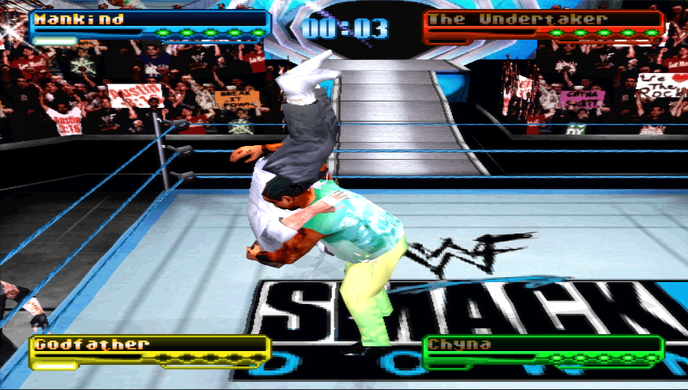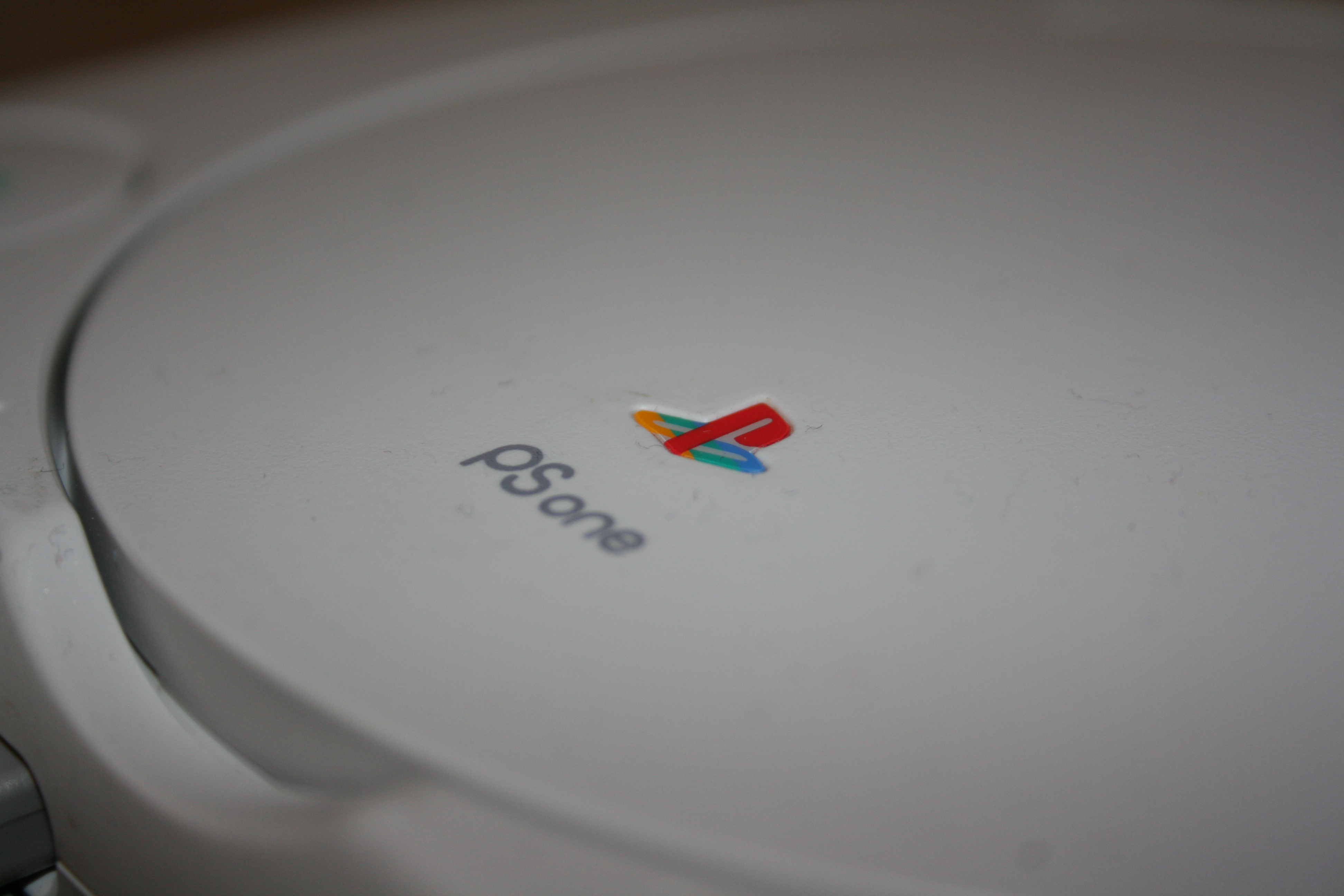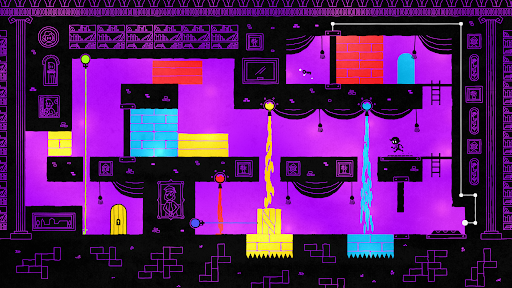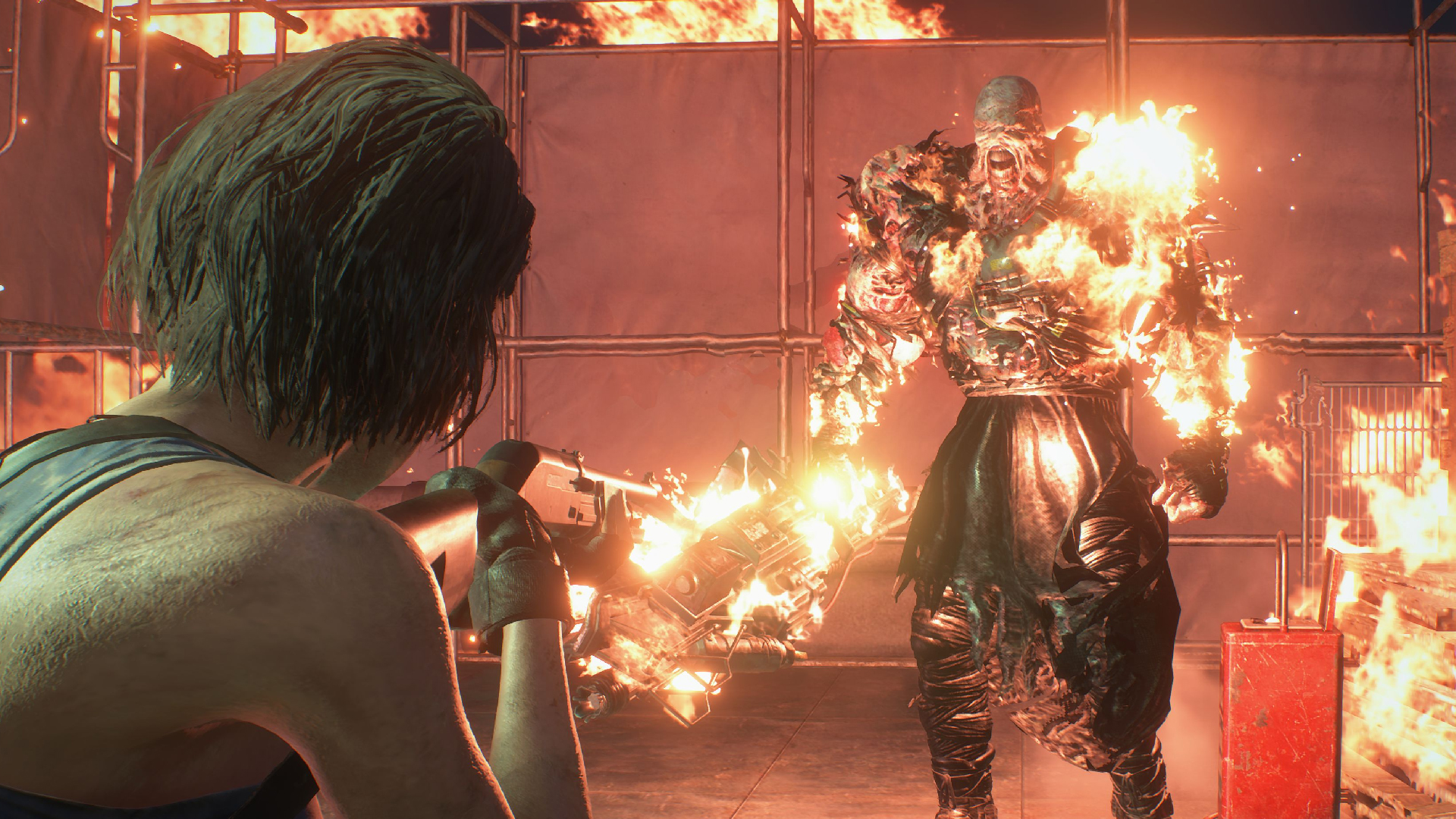WWF Smackdown!
PlayStation One
WWF Smackdown was a revelation. Now referred to as the grandfather of modern wrestling video games, its arrival in early 2000 changed the way we played these kinds of titles, as well as pushing the boundaries’ of what the Sony PlayStation could do. Developed by Yuke’s and published in a collaboration between the developers and THQ, Smackdown (also called Exciting Pro Wrestling in Japan) was based on the World Wrestling Federation and named after the companies Smackdown! Television program.
Retrospectively, it’s the little things that debuted in Smackdown which make the difference, such as the introduction of a more comprehensive Create a Wrestler and Season Mode which give replay long past it’s standard versus matches. You can, of course, have a lot of fun with a multi tap, some controllers and several friends yelling in your ear as The Undertaker Tombstones Stone Cold onto the canvass; but the real longevity in Smackdown is present in its Season Mode.
Pre-Season makes little sense, though allows you to shape your character, decide who he will align with and what he will say. After that you’re just replaying Season after Season (and this can easily go on for 100 years if you want). The absence of commentary makes this feel like a quieter game than virtually every other wrestling title, whereas its often humorous to see wrestlers (dressed in full stage gear) talking with no sound while their mouths move in bizarre cut scenes. Just why was Ken Shamrock casually walking from the Boiler Room like that, and what made Al Snow so angry; we may never know.
Choosing a wrestler, or creating your own, you fight for gold and glory; taking on the likes of Val Venis, D Lo Brown, Mark Henry, The Hardy Boys and even The Godfather. The plethora of mid card wrestlers is fantastic, and should you choose to play as Paul Bearer (for example), there’s something slightly amusing about watching him handing it to The Rock. Unlockable characters are always a big part of wrestling titles and Smackdown is, unfortunately, a little of an exception in that respect.
You do manage to get some unlockable characters, however, they come in segments; meaning that they avoid the legal complexities of actually featuring within the game, the player must choose to mould them together. This was a particularly useful tool, in retrospect, as it does let me legitimately create ‘Naked Mideon’ for his first and only (unofficial) appearance in a video game. Dennis Knight would be proud.
Graphically, this title has aged well, with the character designs looking less jagged and jaded than Attitude before it and Backstage Assault after it. Wrestling historians, however, will argue that the lack of more modern canvass and design coupled with a very dated costumes for some wrestlers (at the time of release, The Undertaker had been absent from programming from several months and would return in his Biker persona quite soon afterward) mean it was already aged before release.
It’s perhaps not surprising that, with a considerable roster improvement and updated content, the games sequel Smackdown 2 was released just eight months after its predecessor. Normally games need time to flourish, to expand, even (in 2018) add some additional digital content to correct the costume changes and thus expand the life of the title – but Smackdown was a rare example of where THQ acknowledged their successes and their criticisms in equal measure and then worked overtime to do something about it.






Recent Comments: